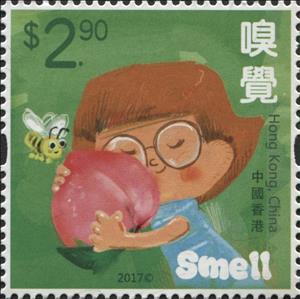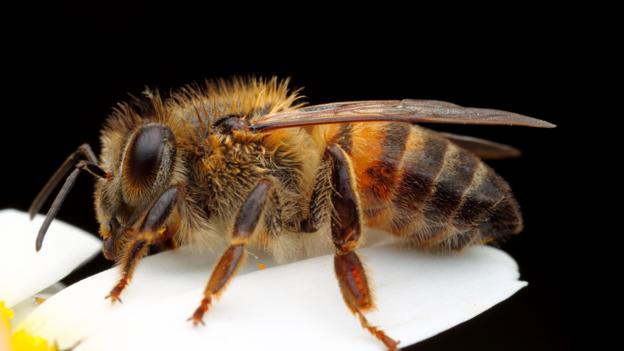Stamp: The five senses (Hong Kong 2017)
The five senses (Hong Kong 2017)
18 July (Hong Kong ) within release Children Stamps goes into circulation Stamp The five senses face value 2.90 Hong Kong dollar
| Stamp The five senses in catalogues | |
|---|---|
| Michel: | Mi: HK 2127 |
| WADP Numbering System - WNS: | WAD: HK 036.17 |
Stamp is square format.
Also in the issue Children Stamps:
- Se-tenant - The Five Senses face value 15.50;
- Stamp - The five senses face value 2.20;
- Stamp - The five senses face value 1.70;
- Stamp - The five senses face value 2.90;
- Stamp - The five senses face value 5;
- Stamp - The five senses face value 3.70;
- Stamp - The five senses face value 10;
|
Data entry completed
80%
|
|
|---|---|
| Stamp The five senses in digits | |
| Country: | Hong Kong |
| Date: | 2017-07-18 |
| Size: | 35 x 35 |
| Emission: | Commemorative |
| Format: | Stamp |
| Face Value: | 2.90 Hong Kong dollar |
Stamp The five senses it reflects the thematic directions:
Bees are winged insects closely related to wasps and ants, known for their roles in pollination and, in the case of the best-known bee species, the western honey bee, for producing honey. Bees are a monophyletic lineage within the superfamily Apoidea. They are currently considered a clade, called Anthophila. There are over 20,000 known species of bees in seven recognized biological families. Some species – including honey bees, bumblebees, and stingless bees – live socially in colonies while most species (>90%) – including mason bees, carpenter bees, leafcutter bees, and sweat bees – are solitary.
Biologically, a child (plural: children) is a human being between the stages of birth and puberty. The legal definition of child generally refers to a minor, otherwise known as a person younger than the age of majority. Child may also describe a relationship with a parent (such as sons and daughters of any age) or, metaphorically, an authority figure, or signify group membership in a clan, tribe, or religion; it can also signify being strongly affected by a specific time, place, or circumstance, as in "a child of nature" or "a child of the Sixties". There are many social issues that affect children, such as childhood education, bullying, child poverty, dysfunctional families, child labor, hunger, and child homelessness. Children can be raised by parents, by fosterers, guardians or partially raised in a day care center.
A hand is a prehensile, multi-fingered organ located at the end of the forearm or forelimb of primates such as humans, chimpanzees, monkeys, and lemurs. A few other vertebrates such as the koala (which has two opposable thumbs on each "hand" and fingerprints remarkably similar to human fingerprints) are often described as having "hands" instead of paws on their front limbs. The raccoon is usually described as having "hands" though opposable thumbs are lacking.



